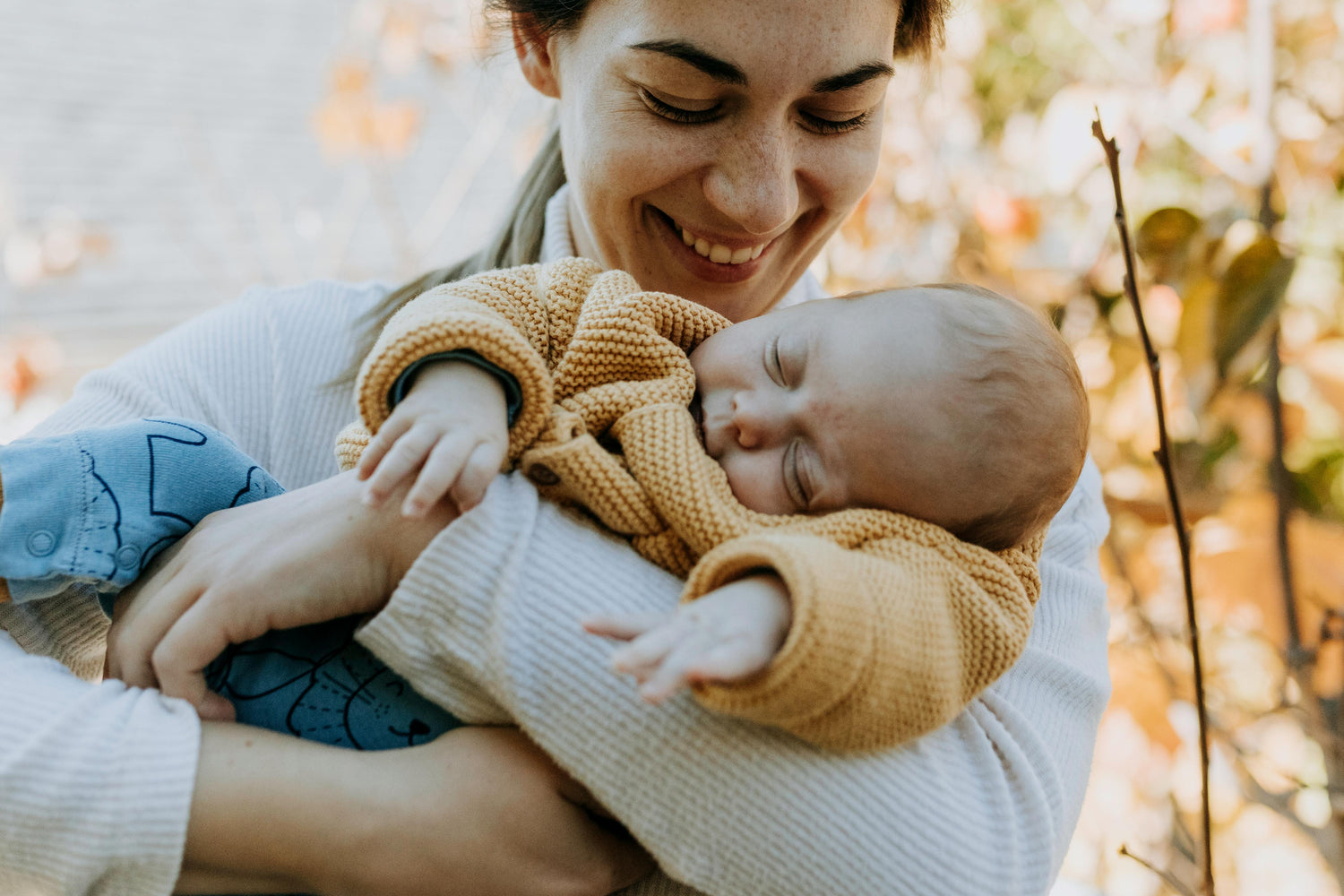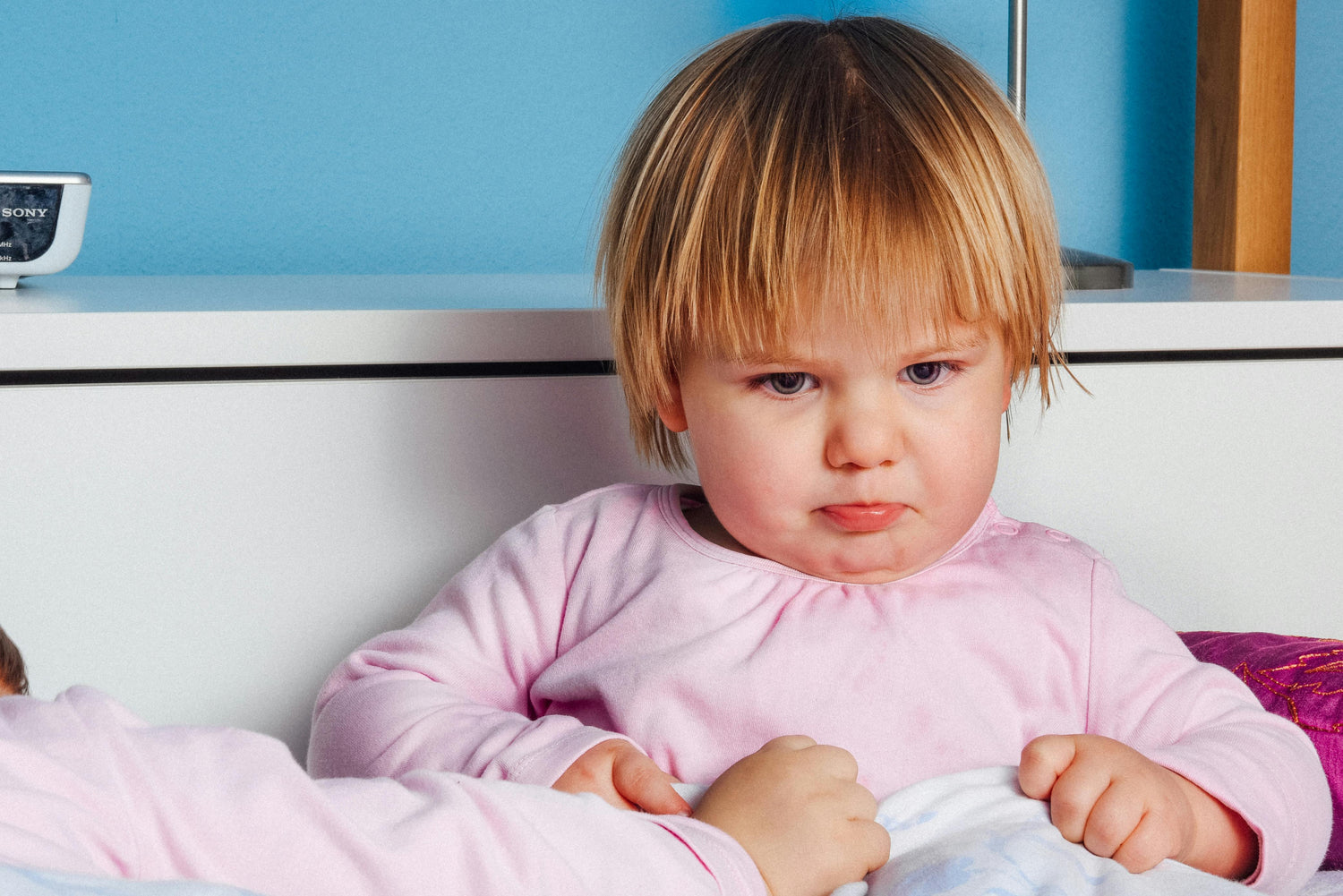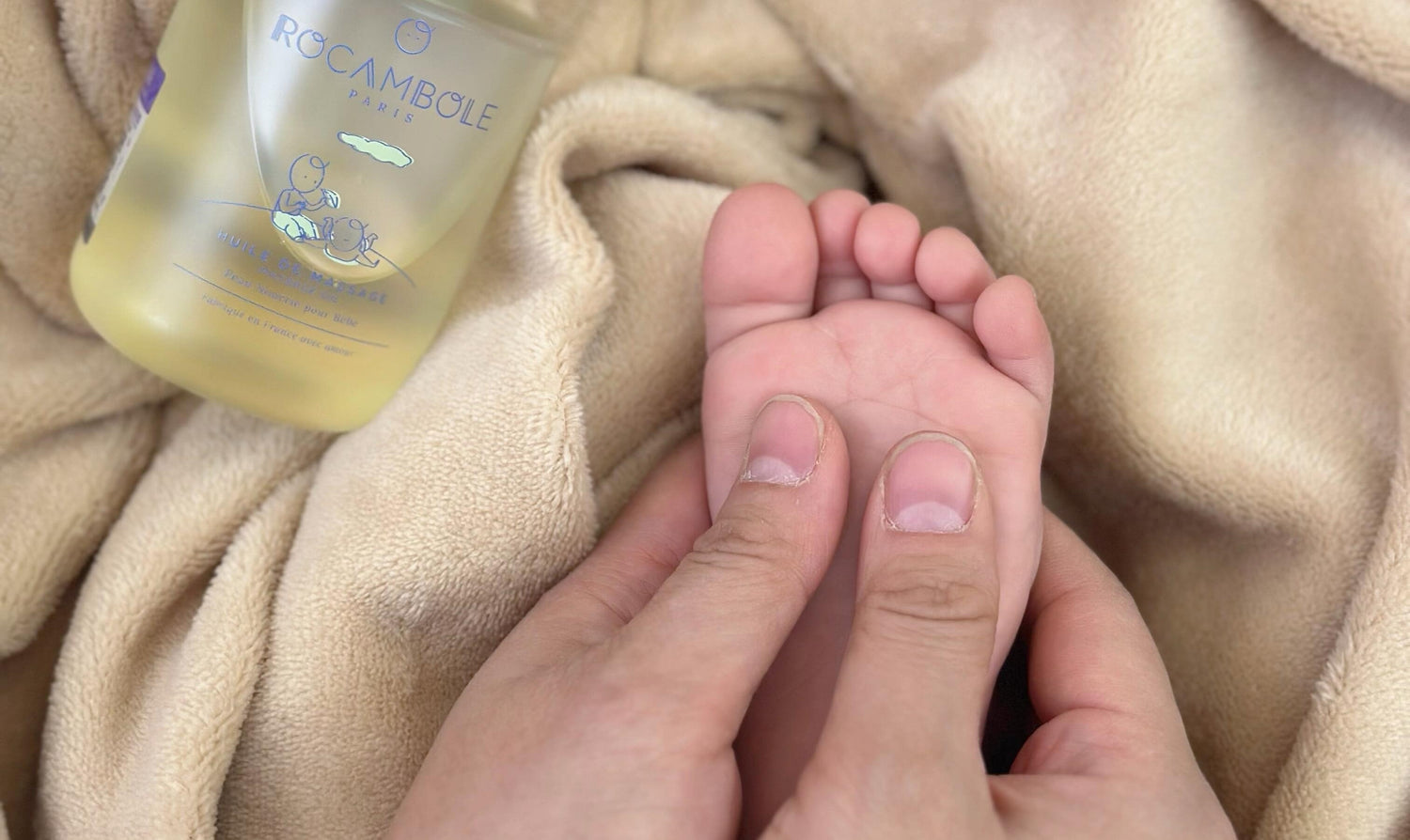Understanding Baby's Curly Hair
Before diving into the maintenance and styling tips, it is essential to understand what differentiates curly hair from straight hair. Generally speaking, we talk about “curly hair” when it forms spirals or waves that are more or less defined.
However, the category of “curly hair” is very broad. Each child may have a particular type of curl, whether it is fine, thick, tight or loose. This is why curly hair care requires a more personalized approach.
Andre Walker Scale
To help you navigate, we often use the Andre Walker scale, which classifies hair into four broad categories (Type 1 to Type 4) according to its shape and texture, with subcategories dedicated to the width and density of the curl:
- Type 1 : Straight hair
- Type 2 : Wavy hair
- Type 3 : Curly hair
- Type 4 : Frizzy or curly hair
Details for wavy (Type 2) and curly (Type 3) types:
- Type 2A : Very fine hair, slight “S” wave towards the ends
- Type 2B : “S” shaped wave more pronounced at mid-length
- Type 2C : Thick “S” waves from root to tip
- Type 3A : Large, soft loops or spirals
- Type 3B : Tighter, more defined curls
- Type 3C : Tight corkscrew curls
For frizzy hair (Type 4):
- Type 4A : Small, very dense “S” loops
- Type 4B : Very tight “Z” shaped curls
- Type 4C : “Z” curls with no clearly defined pattern, very tight
Common characteristics of curly hair
- Dryness : Curly hair tends to be drier than straight hair because natural sebum has a harder time moving down the hair shaft. This can cause frizz and breakage.
- Porosity : Curly hair is often more porous, meaning it absorbs moisture quickly, but loses it just as quickly.
- Frequent knots : Curls easily get tangled with each other or with other strands, hence the importance of detangling gently and regularly.
- Fragility : Curly hair is more fragile and requires more care when brushing or styling.
The importance of choosing the right products
Because curly hair has specific characteristics, you need to use products that are specifically designed for them. In the past, parents didn't necessarily have any other choice than to use adult products. Today, fortunately, there are gentle and adapted care ranges, including shampoos specially designed for babies.
What products should I have on hand?
- A gentle shampoo : Ideal for cleaning without drying out baby's curls too much.
- A wide-toothed comb : Rough brushing can damage curls and cause hair loss. It's best to gently detangle with a wide-toothed comb.
- A detangling spray : Perfect for getting rid of knots between washes and avoiding crying spells.
- A microfiber towel or cotton t-shirt : Regular “rough” cotton towels can create frizz. Gently squeeze out excess water instead of rubbing.
- A water spray : To quickly rehydrate baby's curls when they need refreshing.
- Soft elastics : Classic elastics with metal parts can break hair. Opt for fabric scrunchies.
Caring for Your Baby's Curls
Washing
There is no need to wash your baby's hair every day. Overwashing can strip the natural oils from your baby's hair. Two to three washes a week are usually sufficient. During bath time:
- Gently wet baby's hair.
- Apply a small amount of shampoo.
- Gently massage the scalp, avoiding “rubbing” the lengths.
- Rinse thoroughly.
- Dry with a microfiber towel or cotton t-shirt, dabbing rather than rubbing.
Untangling the knots
To reduce crying and make detangling easier:
- Use a detangling shampoo and/or conditioner suitable for curly hair.
- After washing, separate hair into several sections.
- Gently comb from the ends towards the roots with your wide-toothed comb.
- If necessary, spray with a little water or detangling spray for ease.
Tips for Styling Baby's Curly Hair
-
Trim the ends regularly
Even if you're not ready to give your child their first real haircut, trimming the ends eliminates split ends and keeps hair healthy. Ideally, work with a stylist who is experienced in working with curly hair. -
Avoid heat sources
Hot hair straighteners and hair dryers can damage the hair fiber, especially in babies whose hair is very fragile. Prefer air drying or very gentle drying with a diffuser tip if really necessary. -
Opt for protective hairstyles
Braids, twists, and buns can protect baby's hair and limit daily detangling. Just make sure these styles aren't too tight or heavy to avoid excessive pulling on the scalp. -
Alternate hairstyles
Vary the styles so as not to always stress the same areas of the scalp, and give baby hair breaks between two protective hairstyles.
Loving and Accepting Your Child's Curls
The most important tip? Fully embrace your baby's curls. Curly hair is beautiful and unique. By learning to cherish and care for it from an early age, you will help your child cultivate a positive self-image, love their difference and flourish.
References and resources
- Walker, Andrew. (2010). Andre Talks Hair. New York: Simon & Schuster.
- American Academy of Pediatrics. (2020). “Hair Care Tips for Babies.” InHealthyChildren.org. [Consulted online]
- Greenwood, L. et al. (2019). “Effects of Shampoo Formulations on Different Hair Types.” Journal of Cosmetic Dermatology, 18(3), 615-622.
- Guinot, P. (2021). “Importance of Hair Care in Early Childhood: A Pediatric Dermatology Perspective.” European Journal of Pediatric Dermatology, 31(2), 75-80.




